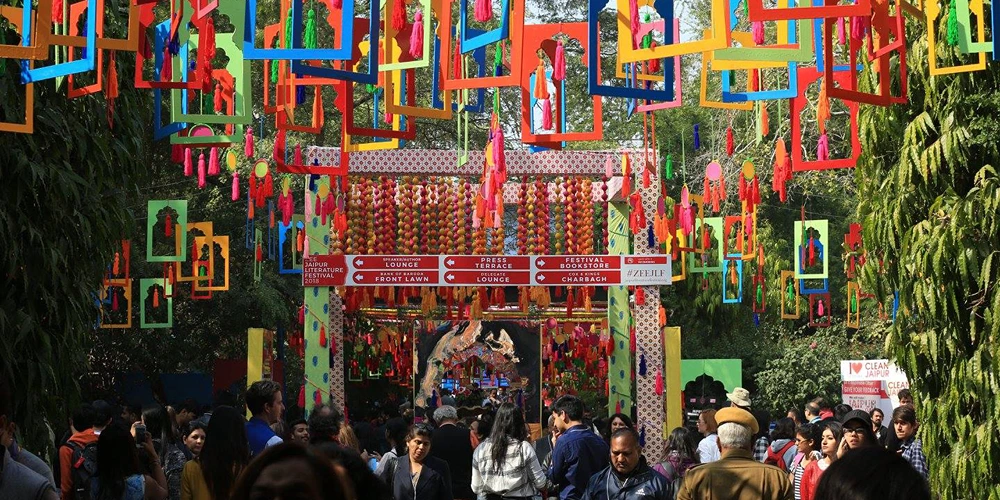Acclaimed Indian author, publisher, and literary visionary Namita Gokhale has long been celebrated for weaving India’s complex heritage into intimate, resonant narratives. In her critically acclaimed Himalayan Trilogy—comprising Paro: Dreams of Passion, A Himalayan Love Story, and Things to Leave Behind—Gokhale offers more than just regional storytelling. She crafts a sweeping meditation on identity, memory, and the shifting contours of history.
This post delves into the themes, contexts, and characters of the Himalayan Trilogy, and how Gokhale uses fiction to navigate the interplay of personal and collective experience in India’s Himalayan belt.
The Himalayan Setting: Geography as Character
Gokhale’s trilogy is deeply rooted in the Kumaon region of Uttarakhand, where the mountains are not mere backdrops, but living forces—silent witnesses to colonial trauma, caste dynamics, love, longing, and the slow churn of change.
Each novel captures a different phase in Indian history, using the Himalayas as a metaphorical and narrative anchor. The terrain reflects both isolation and resilience, and the stories mirror the tension between preservation and progress.
Book One: Paro: Dreams of Passion – A Satirical Prequel
While not set in the Himalayas, Paro acts as a thematic prelude to the trilogy. Written in a razor-sharp, ironic tone, the novel deconstructs urban elitism, gender performance, and sexuality in modern India.
- Identity through satire: Gokhale exposes the fragility of female empowerment amid performative modernity.
- Narrative innovation: Through a first-person narrator, she layers voice, voyeurism, and class critique.
The contrast between Paro and the later Himalayan settings marks a transition—from the hyper-visible to the marginalized.
Book Two: A Himalayan Love Story – Personal Grief and Postcolonial Echoes
This deeply autobiographical novel draws from Gokhale’s own experiences and connections to the Kumaon hills. It follows Parvati, a woman burdened by loss, navigating grief, memory, and identity in a town where history is embedded in the soil.
- Themes: Mental illness, spiritual yearning, patriarchal confinement
- Context: Set in the postcolonial 20th century, it reflects how personal trauma mirrors national dislocation.
The prose is meditative, fluid, and steeped in the melancholy of the mountains.

Book Three: Things to Leave Behind – Memory, Empire, and Feminine Agency
Award-winning and widely recognized, Things to Leave Behind explores the transition from the 19th to the 20th century, blending real historical figures with fictional characters to reimagine the social fabric of colonial India.
- Historical lens: Focuses on the 1857 Rebellion, the birth of Indian nationalism, and how colonialism reshaped local identities.
- Women at the center: Gokhale spotlights midwives, wives, widows, and outcasts—challenging dominant narratives of the time.
It’s a complex mosaic of resistance, inheritance, and belonging.
Literary Themes Across the Trilogy
1. Gender and Voice
From Paro’s defiance to Parvati’s introspection to Tilottama’s quiet rebellion, Gokhale crafts multifaceted female protagonists navigating both personal and political constraints.
2. History as Palimpsest
The trilogy doesn’t just recount history—it rewrites it. Colonial archives, oral memory, and forgotten myths are all braided into the narrative.
3. Spiritual Geography
The Himalayas serve as more than just scenery—they are symbolic landscapes, echoing the metaphysical concerns of identity, time, and belonging.
Final Thoughts: The Trilogy as a Mirror
The Himalayan Trilogy is not only a literary achievement, but also a cultural cartography of the self and the nation. Through Gokhale’s eyes, the region becomes a place where history breathes, memory lingers, and identities evolve—always in tension, always in motion.
For readers seeking fiction that is both deeply personal and historically expansive, the Himalayan Trilogy stands as essential reading.



